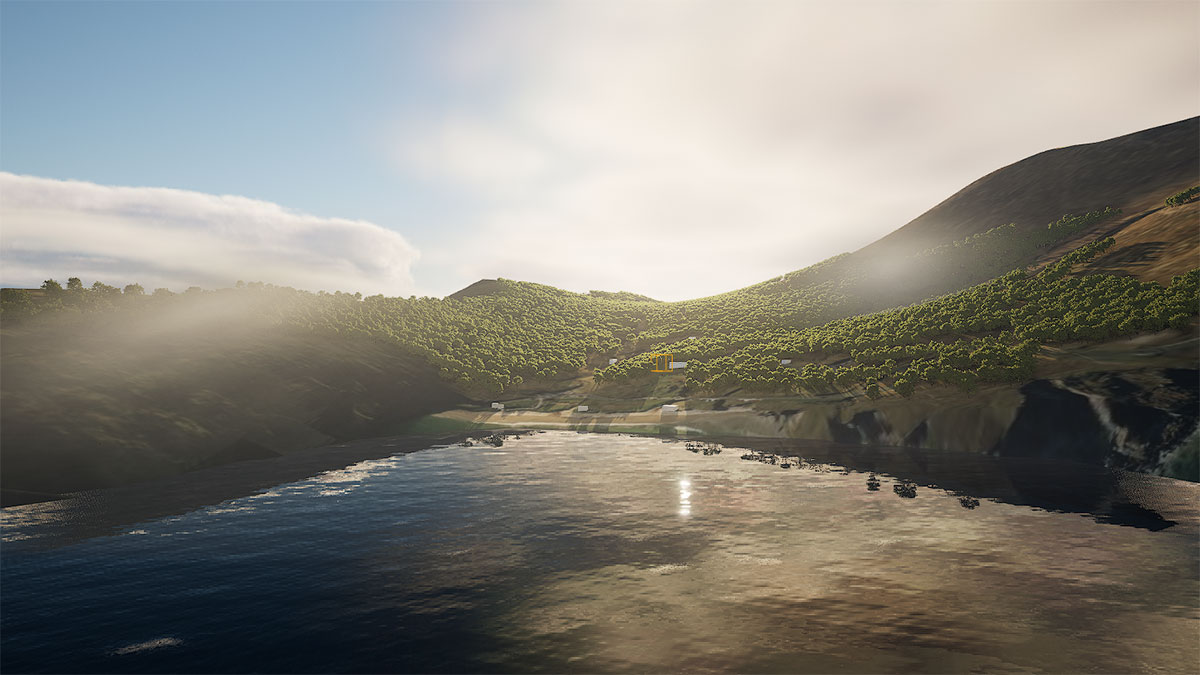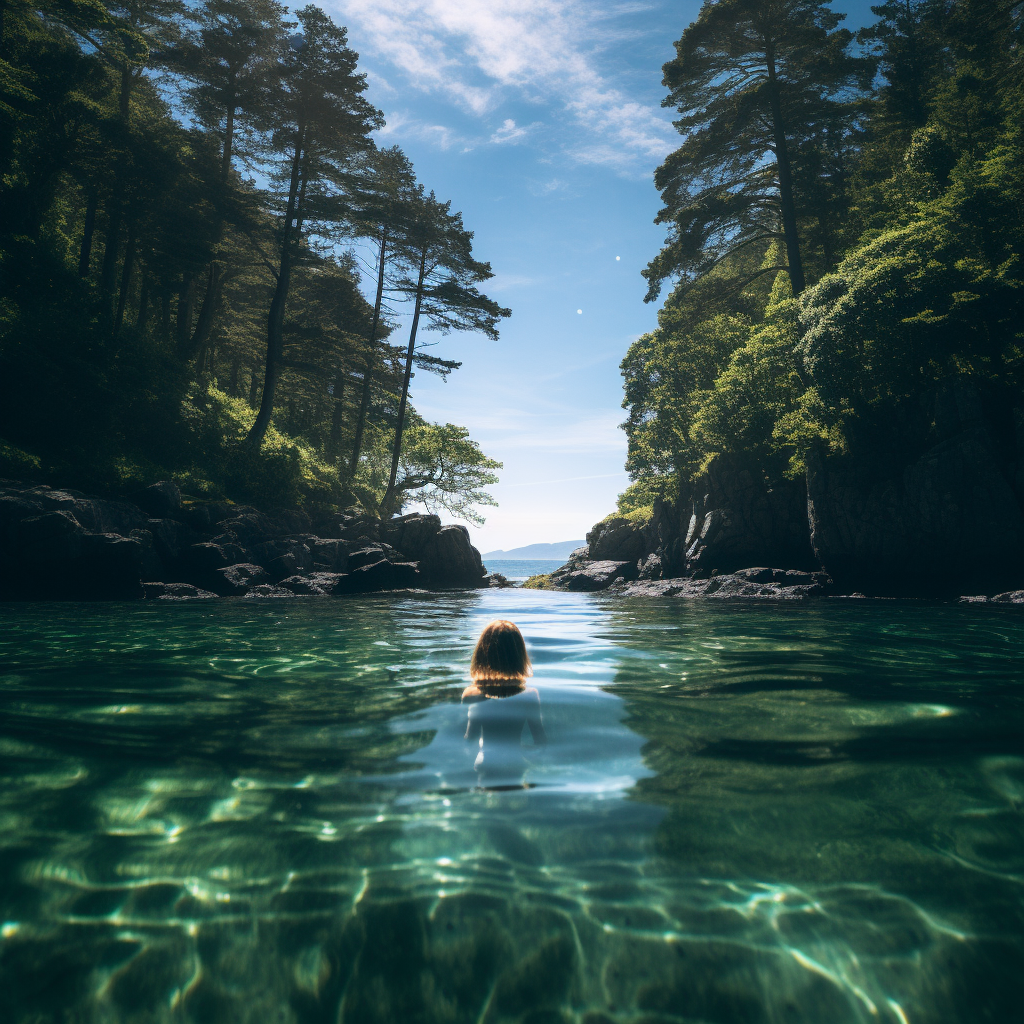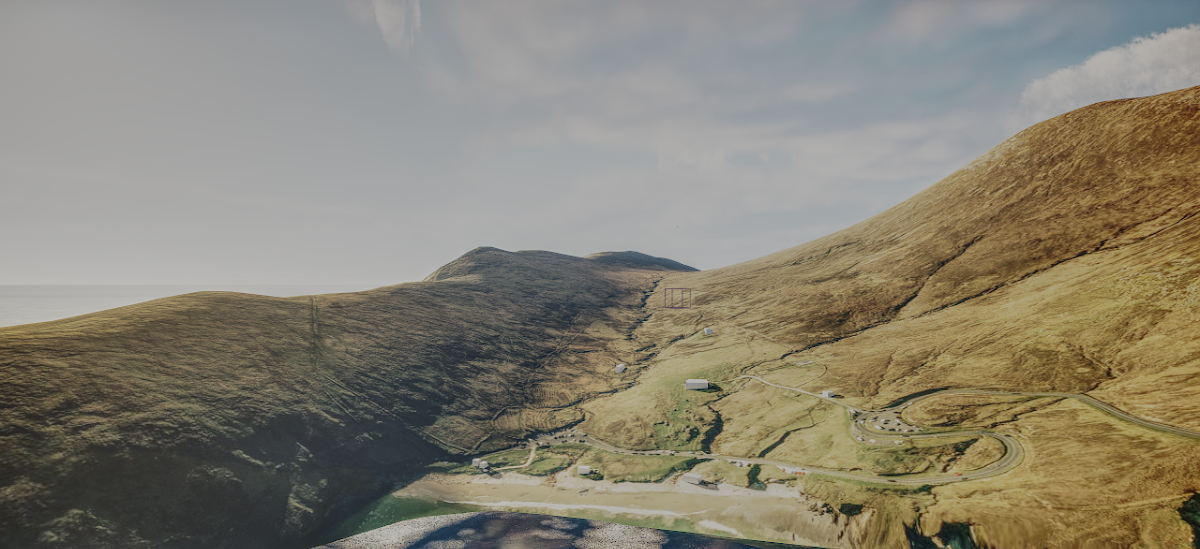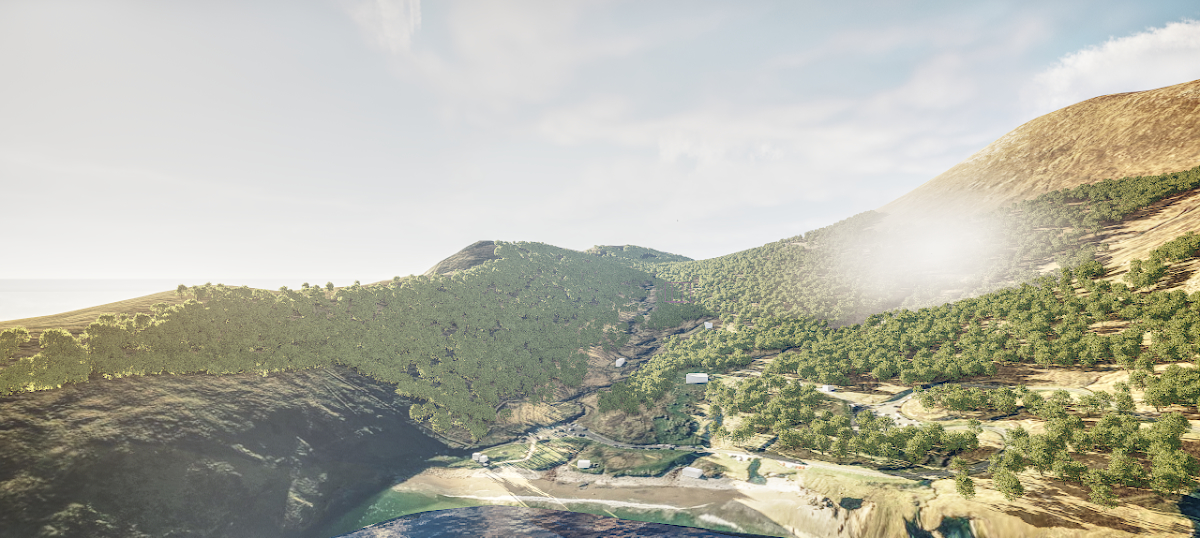
Keem Bay, Achill

Background
Achill Island, located off the west coast of Ireland, has a fascinating geological history that contributed to its formation. The island's geology is a result of various natural processes that occurred over millions of years. Here's an overview of how Achill Island was formed geologically:
Glaciation
One of the most significant geological events that shaped Achill Island was the last Ice Age, which occurred during the Pleistocene epoch, roughly 2.6 million to 11,700 years ago. During this period, massive ice sheets covered much of northern Europe, including Ireland. These glaciers carved out valleys, fjords, and deep U-shaped valleys in the landscape.
Post-Glacial Rebound:
As the glaciers receded and the weight of the ice was removed, the landmass began to rebound or rise. This process, known as isostatic rebound or post-glacial rebound, continues to this day. The rebounding of the land resulted in the emergence of islands along the Irish coastline, including Achill Island.
Sedimentary Rocks
The bedrock of Achill Island is primarily composed of sedimentary rocks, which were deposited over millions of years in ancient seas. These rocks include limestone, shale, and sandstone. The varying types of sedimentary rock layers can be seen in the cliffs and formations around the island.
Keem Bay
2500 A.D.Birch is growing with oak and other native species. Foxes and pine martens roam along with hyenas.




